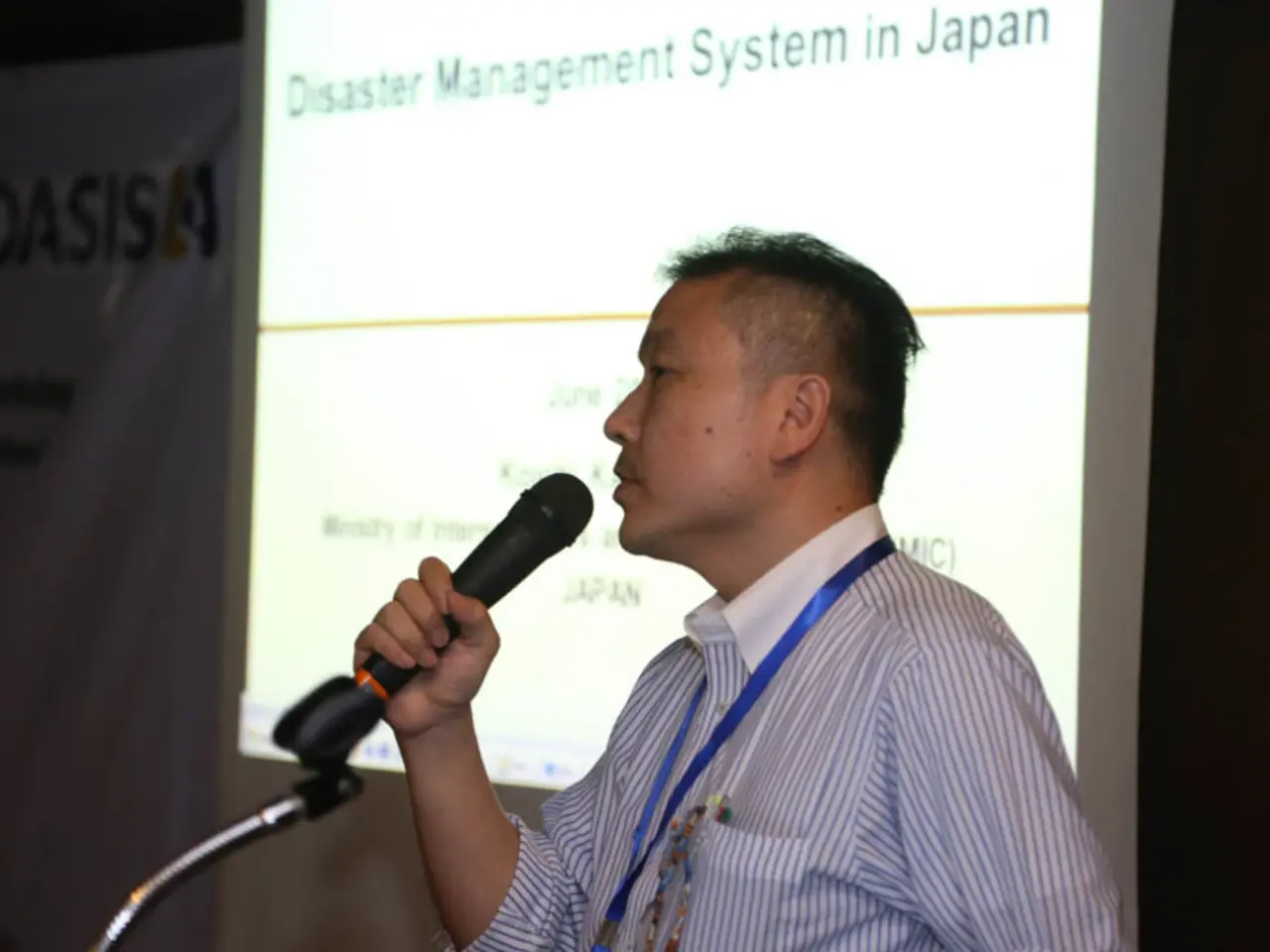Booming Red Phosphorus Market Anticipated to Reach a Value of USD 1069.0 Million by 2034
The Red Phosphorus Market is currently experiencing a period of rapid advancement, driven by innovation, shifting demand, and global expansion. This market, which accounts for approximately 39.4% of the total demand and around USD 284.5 million in the Asia-Pacific (APAC) region alone in 2024, is expected to continue its growth trajectory through 2032.
Two major players, Safety Matches and General Purity, hold significant market positions. Safety Matches accounted for more than 32.9% of the overall market share in 2024, also representing over 32.9% of the application segments. On the other hand, General Purity captured an impressive 61.2% of the total market share in 2024, making it the leading product type in the Red Phosphorus Market due to its wide applicability across various industrial sectors.
Companies like Changzhou Chuanlin Chemical Co., Ltd., Nippon Chemical Industrial Co., Ltd., Clariant AG, BASF SE, and Prasol Chemicals Pvt. Ltd. are at the forefront of this growth, expanding red phosphorus production for flame-retardant applications, developing ultra-fine red phosphorus powders for semiconductors and flame-retardant masterbatches, and collaborating with academic institutions for safer handling protocols.
Nippon Chemical, for instance, has patented surface treatment technologies to enhance compatibility with polymers while minimizing degradation. Similarly, Prasol Chemicals has introduced red phosphorus-based flame retardants tailored for the Indian and Southeast Asian markets.
The growth of the Red Phosphorus Market has far-reaching implications for global economies. In the agricultural sector, the market's indirect support contributes to enhanced agricultural productivity and food security worldwide, as phosphorus derivatives are critical in producing agrochemicals and fertilizers.
Expansion in regions like Asia-Pacific, supported by government policies, is stimulating chemical industry growth, bringing economic benefits such as job creation and industrial diversification. The increased demand for phosphorus compounds affects global trade dynamics, especially given supply chain volatility and geopolitical tensions in phosphate rock producing areas.
Stricter regulations on phosphorus usage in agriculture and industry promote shifts toward more efficient and sustainable phosphorus products, potentially influencing manufacturing practices and market strategies. The U.S.-Canada agreement targeting a 40% phosphorus reduction in the Lake Erie basin by 2025, for example, achieved a 32% reduction by late 2024.
Despite these challenges, the Red Phosphorus Market's steady growth offers opportunities in sustainable technologies and circular economy models. The market is projected to reach approximately USD 1069.0 million by 2034, propelled by its increasing applications in flame retardants, safety matches, coatings, and other specialized industrial uses.
References:
- Grand View Research, Inc. (2021). Red Phosphorus Market Size, Share & Trends Analysis Report By Application (Flame Retardants, Safety Matches, Others), By Region, And Segment Forecasts, 2021 - 2030. Retrieved from https://www.grandviewresearch.com/industry-analysis/red-phosphorus-market
- MarketsandMarkets™ (2020). Red Phosphorus Market by Application (Flame Retardants, Safety Matches, Others), by Region (APAC, Europe, North America, South America, and MEA), and by Company - Global Forecast to 2025. Retrieved from https://www.marketsandmarkets.com/Market-Reports/red-phosphorus-market-4080166.html
- Phosphate Fertilizer Market Size, Share & Trends Analysis Report By Type (Phosphoric Acid, Diammonium Phosphate, Monoammonium Phosphate, Others), By Application (Agriculture, Livestock, Others), By Region, And Segment Forecasts, 2020 - 2027. Retrieved from https://www.grandviewresearch.com/industry-analysis/phosphate-fertilizer-market
- Phosphorus Trichloride Market Size, Share & Trends Analysis Report By Application (Organic Synthesis, Flame Retardants, Others), By Region, And Segment Forecasts, 2020 - 2027. Retrieved from https://www.grandviewresearch.com/industry-analysis/phosphorus-trichloride-market
- Yellow Phosphorus Market Size, Share & Trends Analysis Report By Application (Pharmaceuticals, Chemicals, Others), By Region, And Segment Forecasts, 2020 - 2027. Retrieved from https://www.grandviewresearch.com/industry-analysis/yellow-phosphorus-market
- United States Geological Survey (USGS). (2023). Phosphate Rock. Retrieved from https://www.usgs.gov/centers/nmic/science/phosphate-rock?qt-news_science_products=0#qt-news_science_products
- Environmental Protection Agency (EPA). (n.d.). Phosphorus Pollution. Retrieved from https://www.epa.gov/nutrient-policy-data/phosphorus
- U.S. Environmental Protection Agency (EPA). (2021). Lake Erie. Retrieved from https://www.epa.gov/lake-erie
- United Nations Industrial Development Organization (UNIDO). (n.d.). Chemical Industry in Asia-Pacific. Retrieved from https://www.unido.org/content/chemical-industry-asia-pacific
- Phosphorus Reduction in the Lake Erie Basin, 2016 - 2025. Retrieved from https://www.epa.gov/lake-erie/phosphorus-reduction-lake-erie-basin-2016-2025
- Despite the growth in the Red Phosphorus Market primarily focused on industrial applications, there are opportunities for its usage in sports, particularly in the development of flame-retardant materials for safety in stadiums and sports equipment.
- The increasing demand for efficient and sustainable phosphorus products, as a result of stricter regulations on phosphorus usage in agriculture and industry, also opens up the potential for innovation in sports equipment manufacturing, promoting the use of eco-friendly materials.




